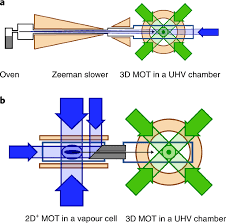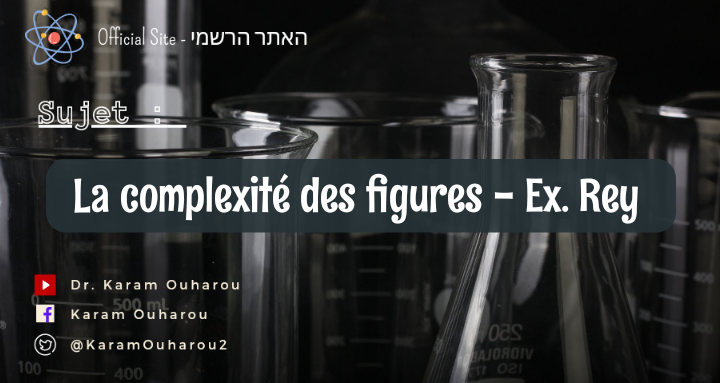Laser Cooling - A New Frontier Explored in Anion Cooling
Laser Cooling - A New Frontier Explored in Anion Cooling
The field of laser cooling has witnessed remarkable advancements in recent years, particularly in the cooling of neutral and positively charged ions. However, one significant area that has remained largely unexplored is the cooling of anions. Breaking new ground in this field, scientists have now achieved laser-induced evaporative cooling of negatively charged molecules, opening up a new frontier of possibilities.
Laser cooling is a groundbreaking technique that involves using laser beams to reduce the thermal motion of particles, thereby reaching extremely low temperatures. This method has revolutionized the study of atomic and molecular physics, leading to numerous breakthroughs and enabling researchers to explore quantum phenomena with unprecedented precision.
Conventionally, laser cooling techniques have been primarily applied to neutral atoms and positively charged ions due to their comparatively simpler behavior and favorable characteristics for manipulation. These cooling methods, such as Doppler cooling and magneto-optical trapping, have paved the way for significant advancements in fields like quantum computing, atomic clocks, and precision spectroscopy.
However, the cooling of anions, which are negatively charged molecules, has remained a considerable challenge. Anions possess unique properties and exhibit complex behaviors due to their additional electron(s) compared to neutral species. The presence of extra electrons introduces additional complications in manipulating and cooling these species effectively.
In a remarkable breakthrough, a team of researchers has successfully achieved laser-induced evaporative cooling of anions, a significant step toward overcoming the cooling challenges associated with negatively charged molecules. The researchers utilized an innovative approach that combines laser cooling techniques with evaporative cooling, a method commonly used to achieve ultra-cold temperatures in neutral atomic systems.
The process involved carefully selecting suitable anionic species and subjecting them to a precisely tailored laser cooling setup. By manipulating the laser parameters, the researchers were able to extract the kinetic energy from the anionic molecules, leading to a substantial reduction in their temperature. The controlled evaporation of the higher-energy molecules further aided in achieving lower temperatures, akin to the process used in evaporative cooling of neutral atoms.
This achievement opens up exciting possibilities for further exploration and applications. Cooling anions to extremely low temperatures allows researchers to investigate and manipulate their quantum states with unprecedented control. This breakthrough could pave the way for advances in various areas, including precision spectroscopy of negatively charged molecules, quantum information processing with anionic qubits, and even the development of new anionic-based technologies.
Moreover, the successful cooling of anions could lead to a deeper understanding of their fundamental properties and interactions. Exploring the behavior of negatively charged molecules at ultra-cold temperatures will provide insights into complex chemical reactions involving anions, potentially shedding light on important processes in fields such as atmospheric chemistry and biochemistry.
In conclusion, the recent achievement of laser-induced evaporative cooling of negatively charged molecules marks a significant milestone in the field of laser cooling. By extending the frontiers of laser cooling to anions, researchers have demonstrated the immense potential of this technique in exploring the quantum realm of negatively charged species. This breakthrough opens up new avenues for research, offering opportunities to unravel the mysteries of anionic systems and unlock their applications in diverse scientific and technological domains.


Comments